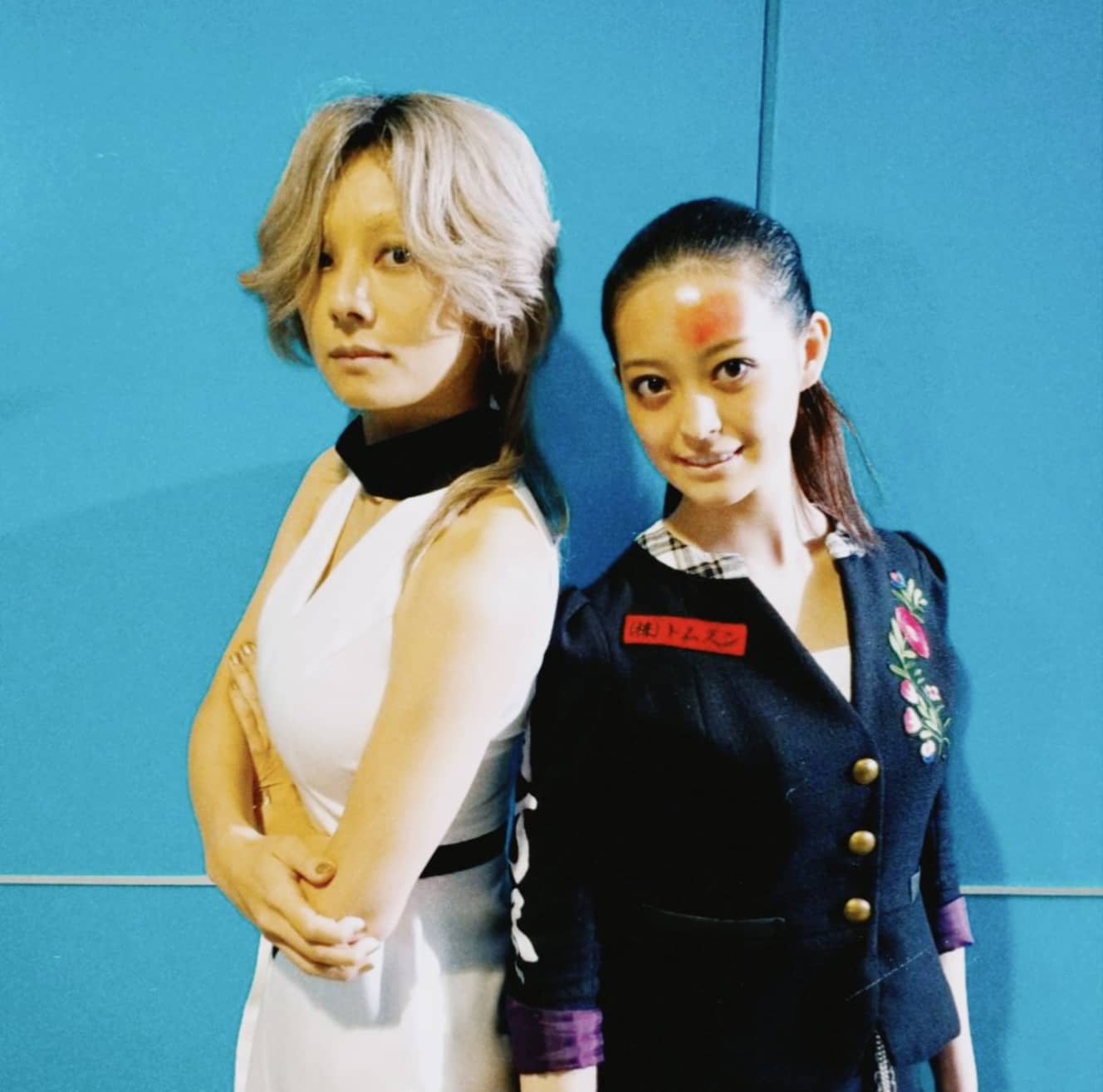Eiko Koike is like a mother in Tokyo”… “Eiko Koike’s unexpected true face” as told by Moka Ishikawa, a junior co-star of “The House without a Kotatsu”.
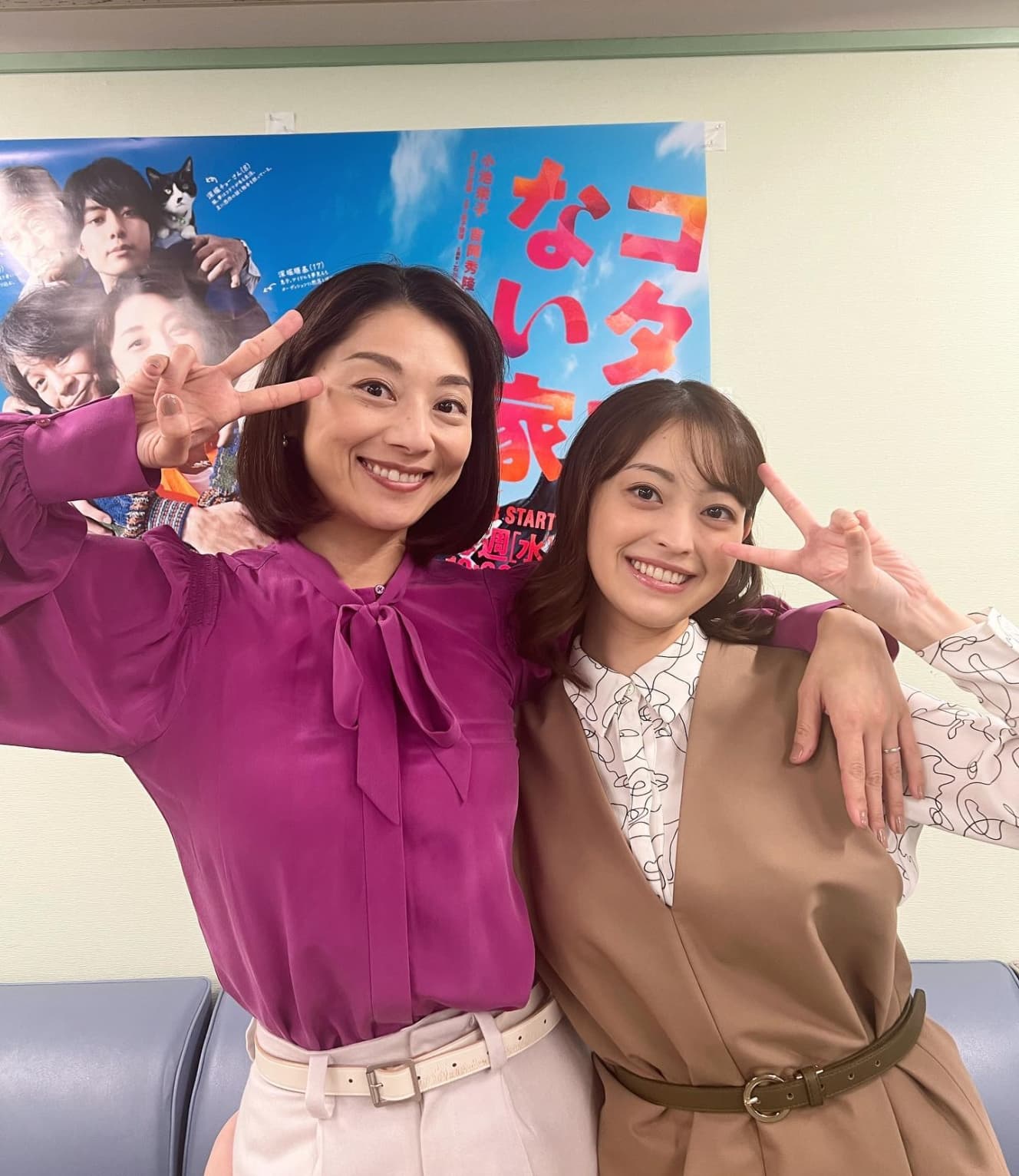
The drama “A House Without a Kotatsu” (NTV, Wed. 22:00), starring Eiko Koike, has been well received.
The first broadcast on October 18 got off to a good start with a 7.3% viewer rating, and the drama has also received a positive response on Tver, with over 1 million views in 3 days. The drama is a home comedy in which Koike, who plays the main character of a skilled wedding planner, is pushed around by three no-good men: her manga artist husband (Hidetaka Yoshioka), who has been out of work for over 10 years; her son (Ryuto Sakuma), who kicked her university recommendation and is now lost in his career path; and her father (Kaoru Kobayashi), who is divorced at a mature age and lost his savings to an investment fraud. (Kaoru Kobayashi), who has lost his savings to an investment scam.
Moka Ishikawa (22), who plays the role of Rina Suto, an assistant at a wedding hall where Koike is the president, is also Koike’s junior at her office in real life. Ishikawa entered the entertainment industry in 2005 when she won the modeling category in the “All Japan National Beauty Contest. She has appeared in such dramas as “Kamakuradono no 13-nin” and Fuji’s Geki 9 “Kiketsu no Kanten,” but she is a rookie actress who only began her acting career in earnest after moving to her current agency. We interviewed Koike, who unexpectedly plays the lead in her first drama series on a commercial GP band, about how she acts as the chairwoman on set and about the true face of Koike, with whom Ishikawa is usually in contact.
I have the impression that Koike is always in everyone’s circle. When the camera is being set up for shooting, we all stay in a waiting room. It is also a time to check the lines at the end, so I tend to think too much about what I should do for the next scene by myself.
But if everyone is quiet, Koike-san will ask someone to talk and we start chatting. Talking with everyone in this way, before I know it, my nerves are relaxed and I can go into the shoot feeling relaxed. Thanks to that, I think the shooting was a lot of fun.
Ishikawa’s role requires her to be in many office scenes. She says that the natural atmosphere of a small company office is created by the fact that she usually engages in conversation with the other actors. I wonder if Koike is aware of this and actively talks to the other actors.
Koike said, “I think it’s hard to create a natural atmosphere if the actors just memorize lines on their own and match them on the set. I think it’s important to be friendly when the camera is not rolling in order to create a relationship between colleagues and family members.
There were times during the performance when lines were being spoken ad-libbed by the actors without being cut, and I think this is because we talk a lot on a regular basis. I am sure that Mr. Koike values that kind of relationship, which is why he calls out to us.

Ishikawa says that at her previous agency, she did not have the opportunity to talk to senior talent. So when he joined his current office, he did not have the opportunity to talk with Koike, his senior, and thought it would be a meet and greet at most.
She said, “Right after I moved to Tokyo, Koike took the trouble to contact me and ask me, ‘Are you eating properly? I am not able to cook for myself very much. When I told her that I wasn’t able to cook much for myself, she said, ‘Well, come over to my house,’ and she cooked me a meal full of vegetables.
I also love dogs. When I told her that I had a dog at home but that I missed him since I moved to Tokyo, she told me that she had two dogs and that she would take me for a walk with them. I thought she was a wonderful person, taking care of such things even though she is a busy actress.
Of course, she also took care of me in various ways at work. During the filming of this project, Ishikawa, who is still inexperienced in acting, often had trouble figuring out how to digest the director’s instructions on the set and how to get around. However, she could not dare to consult Koike, who was the lead actress and the busiest and most difficult person to deal with. However, one day Koike, perhaps sensing Ishikawa’s distress, sent her a message.
Koike sent me a line, perhaps seeing that I was in a daze,” Ishikawa said. I know you have a lot of problems, but you have no enemies on the team working on the same drama, so you should be easy on everyone and rely on them more. I think you should keep asking questions that you don’t understand.
I replied, “Don’t think too much about it, just have fun. I replied, “Don’t think too much about it, just enjoy yourself and rely on everyone more. I was surprised at how much he was paying attention to me and how observant he was. I was surprised at how observant he was. Even when he was waiting on set, he was watching everyone.
The next time I met Koike during a shoot, she asked me in the hallway, “Are you all right? Koike asked me in the corridor, “Are you okay? She said she was touched by Koike’s words, “I’m having a hard time too, so let’s work together. Koike’s personality is evident in the way she says, “Let’s do our best,” rather than “Do your best.
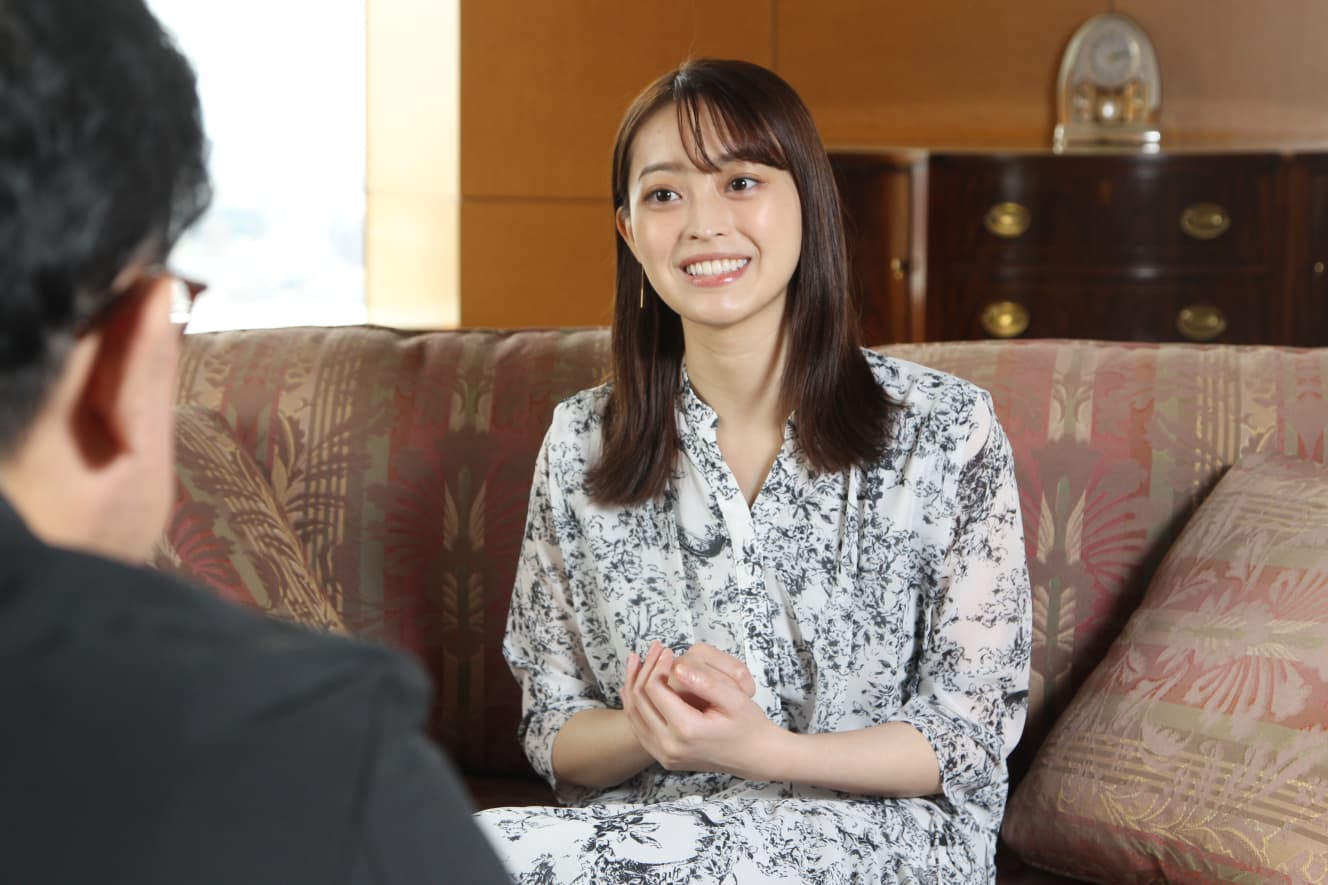
Of course, it is not only Koike’s personality that Ishikawa finds wonderful. He has also learned a lot from Koike in terms of acting.
Before the performance, we have a test, and in each test we do various different plays, all of which are so funny that the director and staff all laugh. I felt that they thought about whether it would be funnier to do it this way or that way. Then, the director would often say, “Let’s do it this way.
In my case, I often do as the director says and then do what the director says is okay. I saw Mr. Koike trying out different patterns and making various suggestions to the director, such as, “Would it be better this way? I have been watching them closely for a long time, so that is what I admire the most.
In the dramas in which I have appeared, I have often had regrets after the shooting was over, such as “I could have made it more interesting. Ishikawa says that in the dramas in which he has appeared, he often regretted after filming was over, wondering if he could have made things more interesting. However, in this drama, Koike, a respected and senior colleague, is giving him advice and making the atmosphere on set more enjoyable, so he says, “I want to make it through without any regrets.
In “The House Without a Kotatsu,” not only Koike, who plays the lead role, but also Ishikawa’s growth will be the focus of attention.
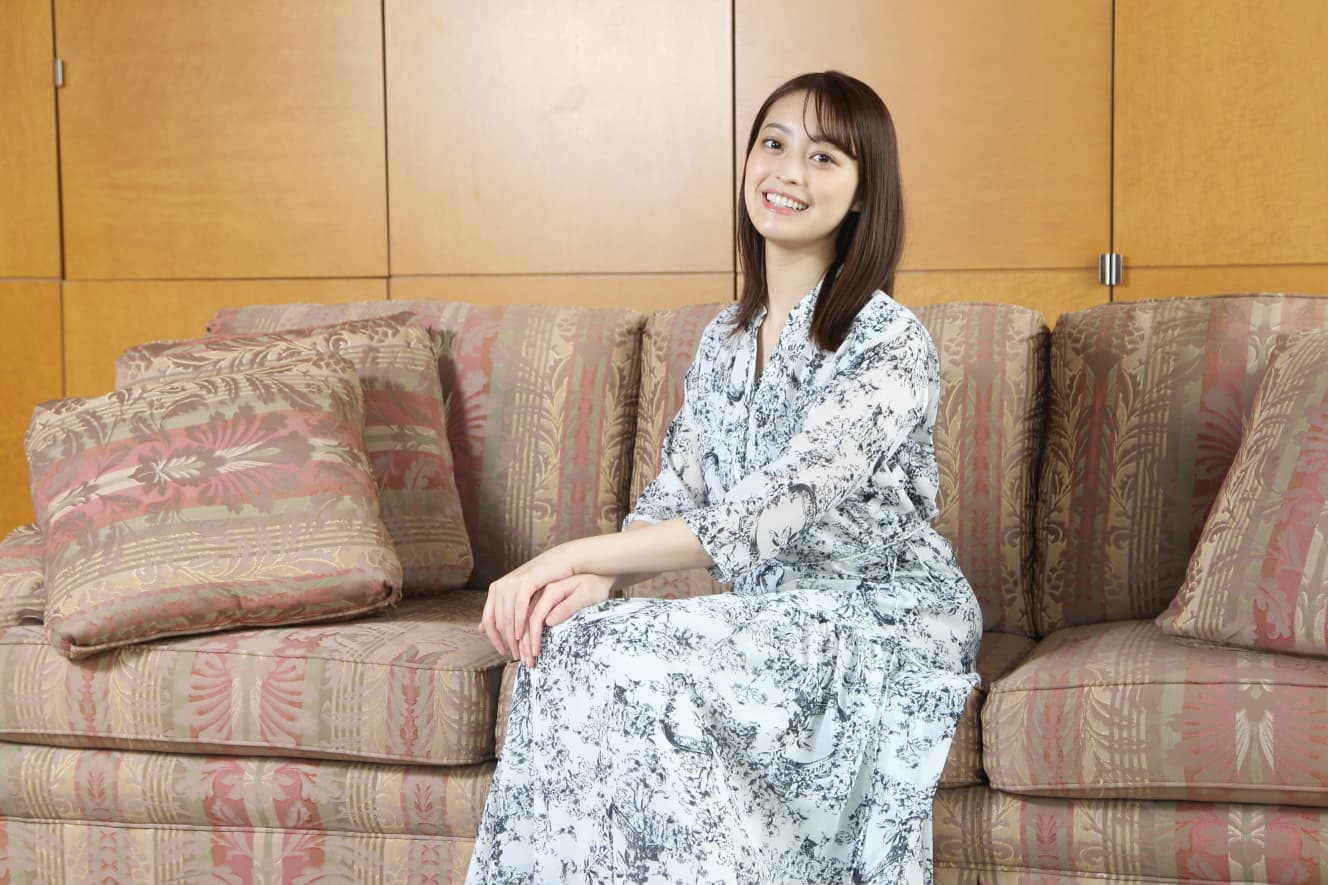

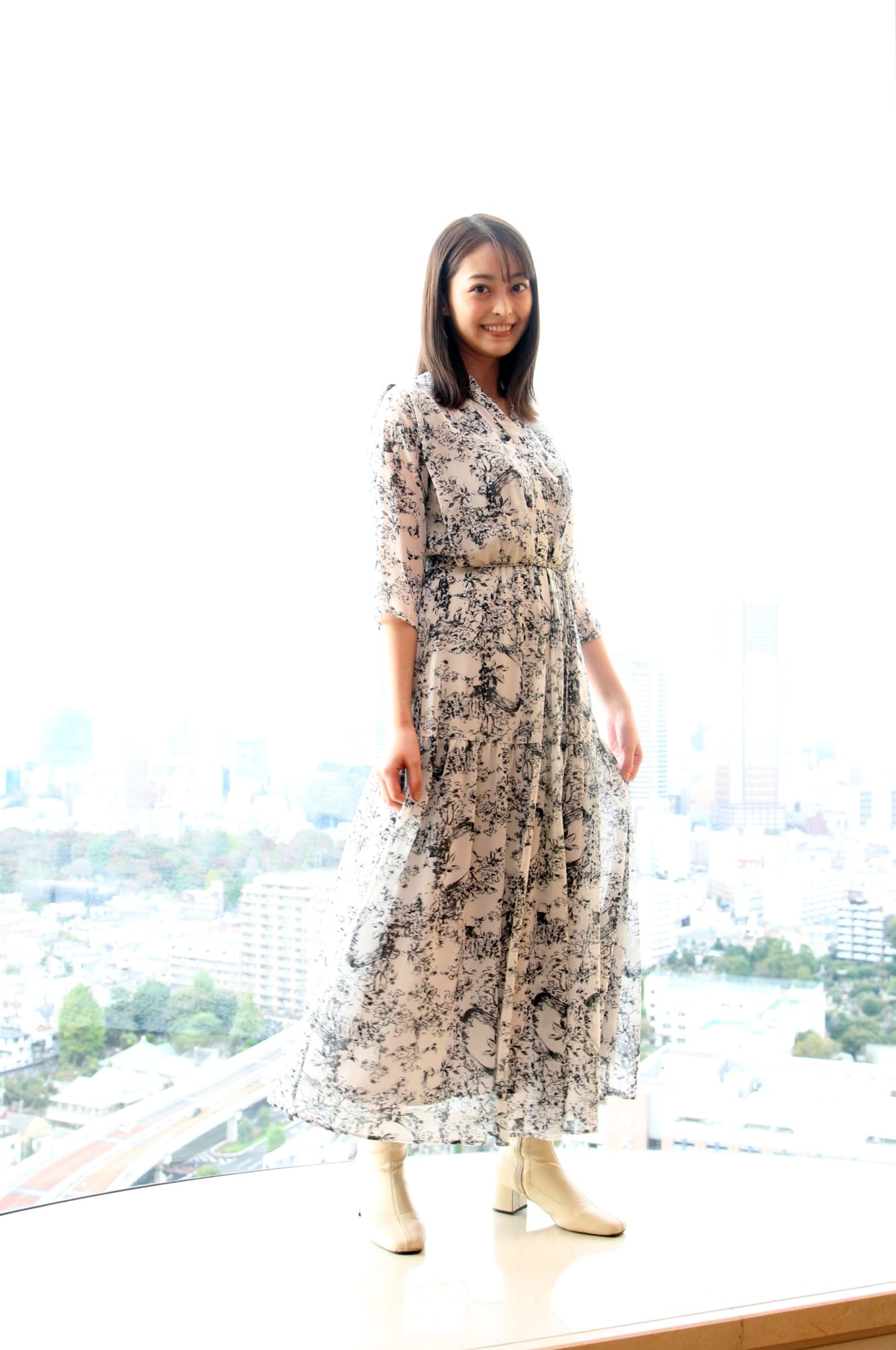
PHOTO: Yuri Adachi

